How we feel, both emotionally and physically, has everything to do with the balance of 'good and bad' bacteria in our digestive system, more commonly referred to as the gut. The human body hosts tens of thousands of types of bacteria and the trick is getting them into balance.
Your digestive bacteria, also known as gut flora, actually regulates much of your immune system. If you are ill or suffer from a chronic condition or disease, chances are your gut flora is completely out of whack. In fact, with the diet of most Westerners containing processed foods, refined sugars and GMO non-organic foods, having a gut bacteria imbalance is quite common.
Not only are your body’s physical systems changed by the state of microbes in your gut, but your moods and emotions are as well. 95% of serotonin, the brain chemical which directly effects feelings of anxiety and depression, is manufactured in the gut. Likewise dopamine, which triggers our pleasure centers, is also created and regulated in the gut. With the imbalance in gut flora, many conditions arise that often present as psychological as well as physical.
From research over the past year I have learned what I thought was a good deal of information about how to help my body re-gain the balance it needs for optimal health. In recent years probiotics, the supplements containing micro-organisms for balancing these bacteria, have become quite popular in the field of alternative and natural health. But not only are store bought probiotics insanely expensive, most are not readily absorbed at the optimal place and time when digested. A natural and quite affordable alternative is fermented foods.
I started with an easy task - homemade sauerkraut. The ingredients include cabbage, a good sea salt or canning salt, and some time and patience. Later, I added Caraway Seeds to the recipe. A wonderful experience that is easy to make and lasts 6-8 months in the refrigerator, it is now a regular side dish on my plate.
With the internet ablaze with helpful instructions and processes, I found a whole subculture of fermentation for food preservation and natural health that I never knew existed. Some seemed quite technical, involving 'starter' bacteria for the fermenting process. Others involved yogurts, which my family is not too keen about. So for the past year we stayed with our plain old kraut.
Then, blowing away all my previous research and time devoted to this subject, I ran across one simple article that explained I could ferment almost any fresh fruit or vegetable using my same easy-peasy salt method. Further, I could add any number of spices or herbs. Thus began the Great Fermenting Experiment.
Taking a well planned trip down the mountain for supplies, I focused on red cabbage, organic baby carrots and cauliflower to add to the wild onions I dug up from our backyard forest. This was my first foray into chopping up red cabbage so here's a heads up note to newbies; it leaves a purple/red residue on cutting boards and counter tops that will come off, but only with a great deal of scrubbing.
Following the directions from this article, I made a brine for fermenting with filtered water and canning salt. Nourishing Meals - How to Make Lacto Fermented Vegetables
After washing, chopping and preparing all the veggies, washing the wide mouthed mason jars and finding small jelly jars to use as presses, I begin filling each jar with unique flavors. Some of the spices came from the pantry, but many I snipped right from the plants in the sun room.
The different spices and flavorings were added to veggies as follows:
Jar #1 - fresh oregano
Jar #2 – ground cayenne pepper
Jar #3 – mustard seeds & dill weed
Jar #4 – red pepper flakes
Jar #5 – fresh basil
Jar #6 – fresh thyme
Jar #7 – (red cabbage only) – caraway seeds
Jar #8 – (a variation of Kimchi) – ground ginger and red pepper
Jar #9 – mustard powder and mustard seeds
When finished, I covered the vegetables, herbs and spices with the salt water brine and covered the contents in each jar with a large cabbage leaf. I used a small jar of rocks or jelly to act as a press, depriving the vegetables of oxygen while the fermenting process worked its magic.
Fermenting can be left for 3 to 10 days depending upon the taste you prefer. After four days, I tasted each and decided they were very good, but I could stand them a tad sharper, so I left them to process for another few days. When fermented to my liking, I removed the submerged cabbage leaf covering the contents of each jar, screwed lids on them and put them in the refrigerator.
I can easily see why those who ferment caution against the risk of devouring a whole jar at once. It is that good. There is no risk health wise should that happen, just less for later.
Once covered and put in the fridge, these treats can last from 6-8 months, making this a wonderful method of preserving your fresh foods without heating and thus diminishing the most healthy parts.
For more fermenting recipes:
The Nourished Kitchen http://nourishedkitchen.com/fermented-foods-for-gut-health/
Kid Friendly Fermenting Recipes http://www.homemademommy.net/2013/12/20-kid-friendly-fermented-foods.html
Paleo Leap http://paleoleap.com/fermented-food-recipes/
Fermentation Recipes http://fermentationrecipes.com/
For more information:
Fermented foods are foods that have been through a process of lactofermentation in which natural bacteria feed on the sugar and starch in the food creating lactic acid. This process preserves the food, and creates beneficial enzymes, b-vitamins, Omega-3 fatty acids, and various strains of probiotics. Natural fermentation of foods has also been shown to preserve nutrients in food and break the food down to a more digestible form. This, along with the bevy of probiotics created during the fermentation process, could explain the link between consumption of fermented foods and improved digestion. http://wellnessmama.com/2245/health-benefits-fermented-foods/
The human gut is an amazing piece of work. Often referred to as the "second brain," it is the only organ to boast its own independent nervous system, an intricate network of 100 million neurons embedded in the gut wall. So sophisticated is this neural network that the gut continues to function even when the primary neural conduit between it and the brain, the vagus nerve, is severed. (Citing the enteric nervous system's autonomy and apparent infallibility, comedian Stephen Colbert once christened the gut "the pope of your torso.") http://www.apa.org/monitor/2012/09/gut-feeling.aspx
Simply put, fermentation of vegetables happens when the natural bacteria in the vegetables break down the components of the vegetables into forms easier to digest and often more nutritious than the raw vegetable itself. For those who have apprehensions about food safety, Breidt said that fermented vegetables can be safer than raw vegetables, thanks to the ability of lactic acid, which forms during fermentation, to hunt down and kill any harmful bacteria that might be present. http://www.foodsafetynews.com/2014/03/fermenting-veggies-at-home-follow-food-safety-abcs/#.VTvsppPm4VA
IT’S been a tough morning. You were late for work, missed a crucial meeting and now your boss is mad at you. Come lunchtime you walk straight past the salad bar and head for the stodge. You can’t help yourself - at times of stress the brain encourages us to seek out comfort foods. That much is well known. What you probably don’t know, though, is that the real culprit may not be the brain in your skull but your other brain. http://neurosciencestuff.tumblr.com/post/38271759345/gut-instincts-the-secrets-of-your-second-brain
What many people do not understand is that serotonin also plays a role in gastrointestinal disorders. In fact, the majority of our serotonin is produced in the gut, roughly 95%. http://robbwolf.com/2013/01/10/serotonin-gastrointestinal-disorders/
So, you’ve started your lactofermentation journey, perhaps making some naturally fermented pickles or sauerkraut. You’ve mastered the basics, but have some questions about how to make your ferments really successful. Look no further! Here are a few time-tested tricks that result in amazingly tasty ferments. http://homestead-honey.com/2015/02/09/tips-tricks-successful-fermentation/
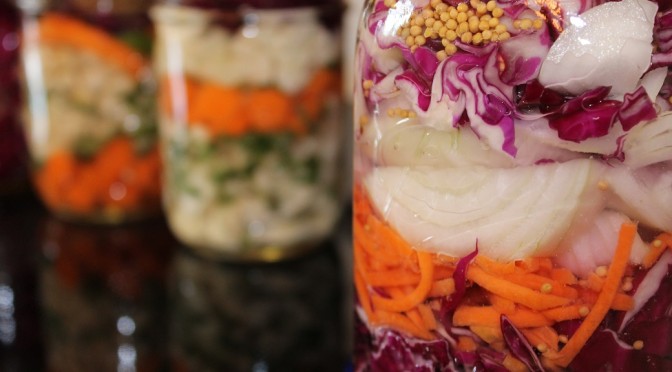
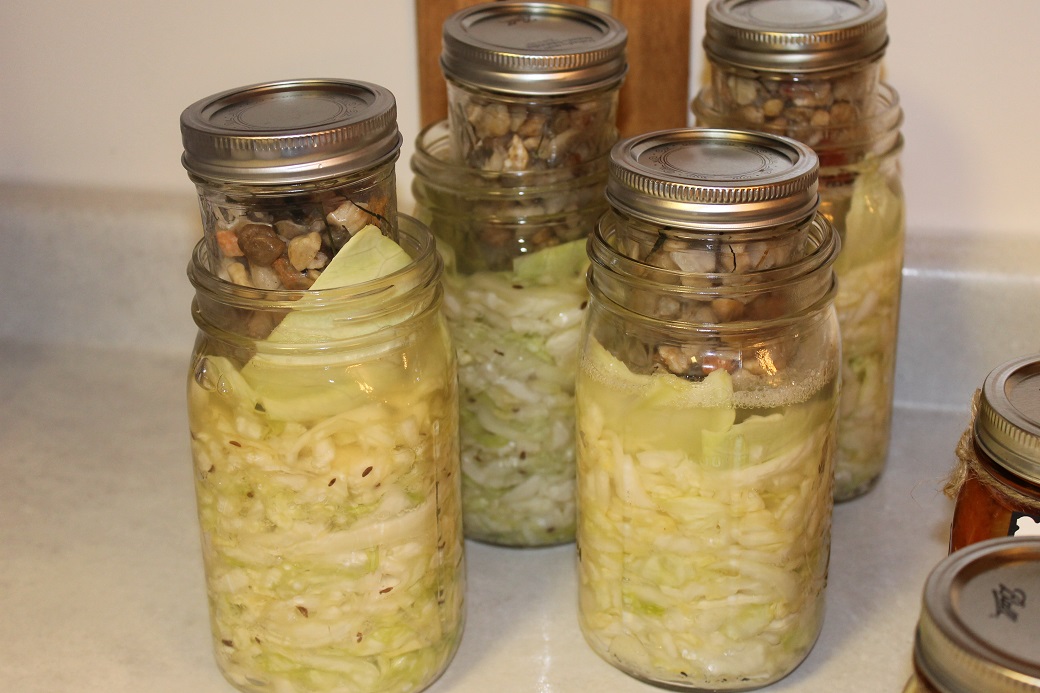
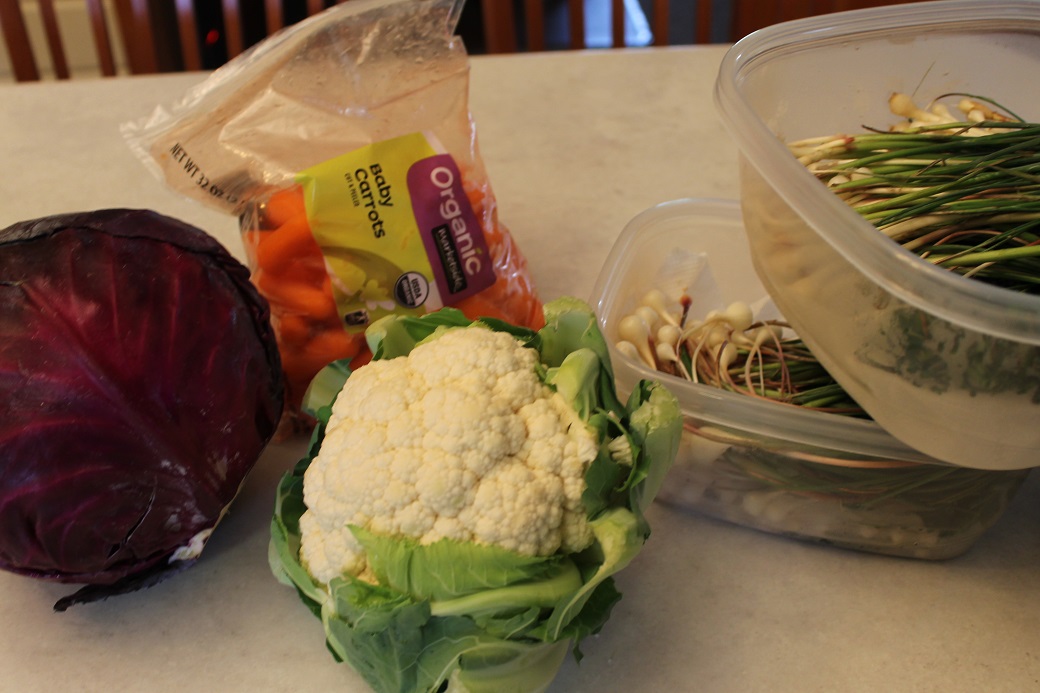
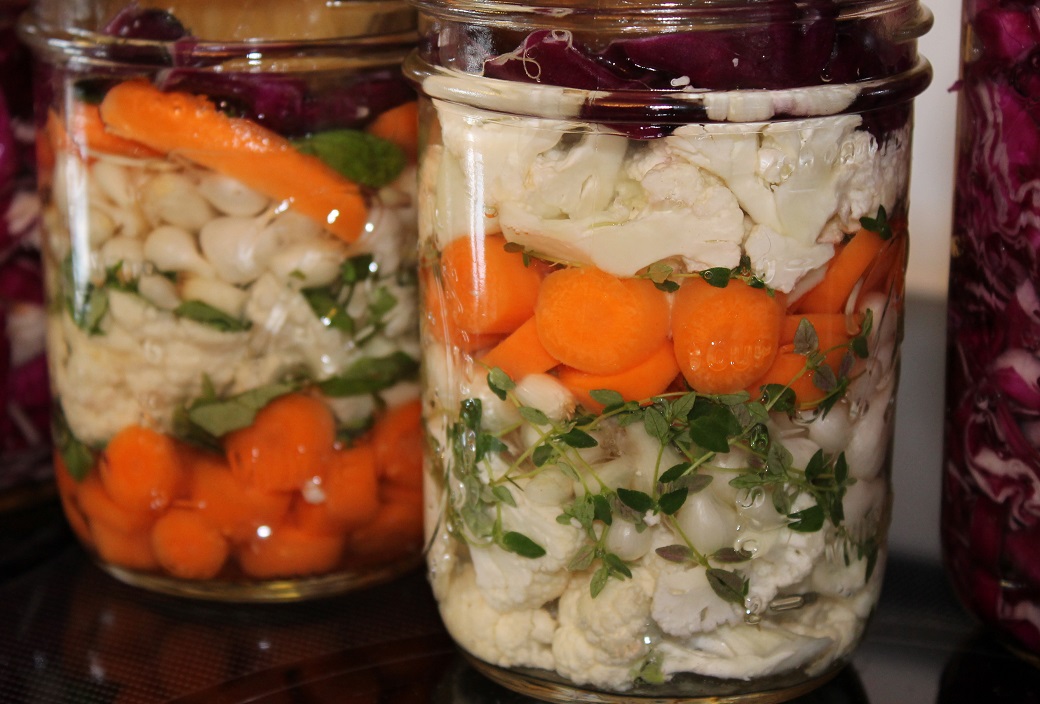
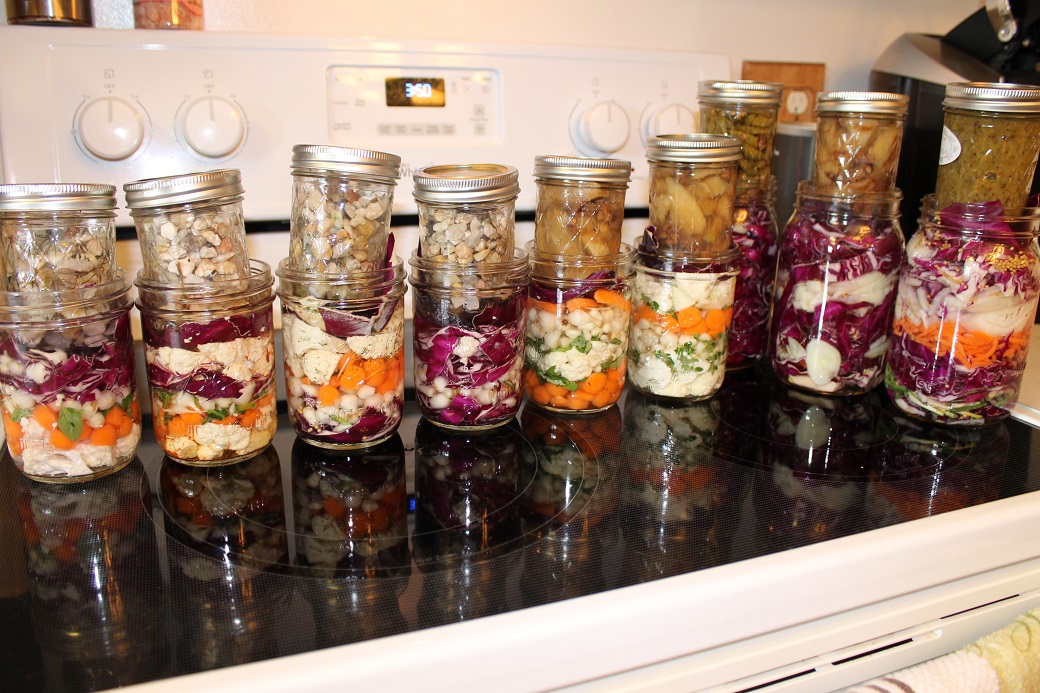

This looks so easy and good for you. I can’t wait to try it!
I remain blown away by how easy it is to prepare and how many different variations can be created. I really like adding sliced yellow onions to the cabbage to ferment, but the red/purple onions became so strong and stinky, I could hardly eat that batch.
I’d love to hear what you’ve tried and your assessment once you’ve had a chance to make some. :-)
I will leave off the red onions then. Thanks for the heads up. Lol! I’m going to buy supplies today and start the experiments tomorrow. I watched the video on the link to Nourishing Meals and the guy on there just put the cap on his concoctions and let them sit, vs putting the cabbage leaf with a weighted jar. What is the difference and which one is better? The cap seems much easier. I will try that one of course…:0!
I really liked that website. I’m going to order the elimination diet book from amazon. They are really cheap. I don’t need to lose alot of weight but I’m wanting to get healthier. Thanks for the link.
I will let you know how it goes. Hope you are having a great day!